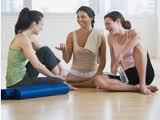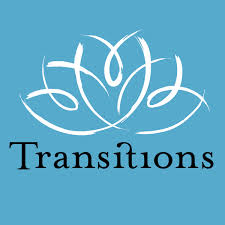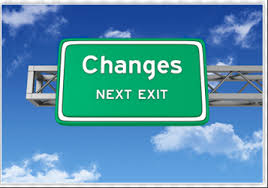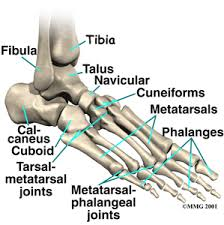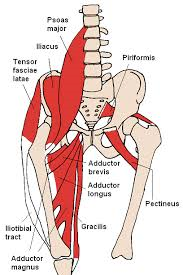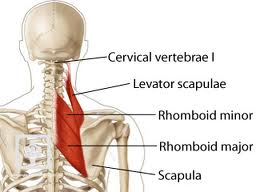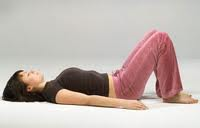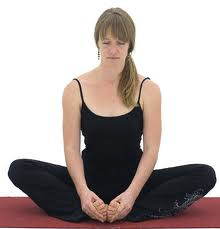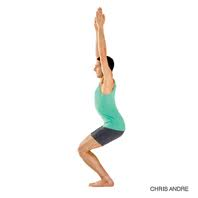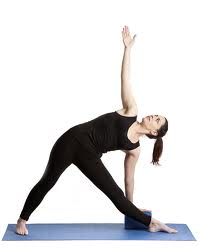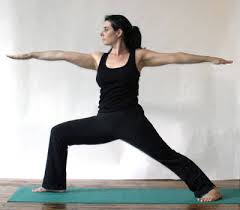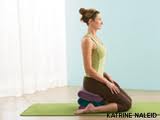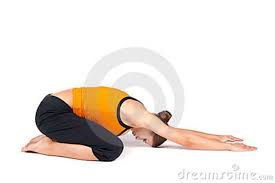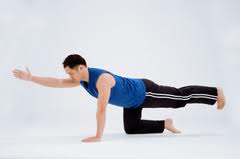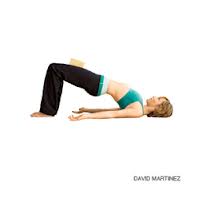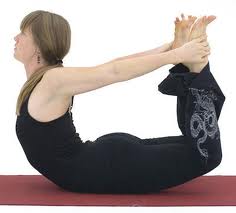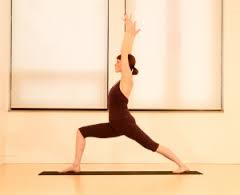 If you have been thinking for some time about starting a meditation practice, but have yet to actually begin, there is no better time than now. At It’s All Yoga, the April theme is Meditation. All of the teachers will be including a five-minute sit following Corpse Pose in their classes. And, as a boost, you can join me in accepting the Meditation Challenge by going to the It’s All Yoga website and signing up. Once you have done so, there will be resources available including guided meditations.
If you have been thinking for some time about starting a meditation practice, but have yet to actually begin, there is no better time than now. At It’s All Yoga, the April theme is Meditation. All of the teachers will be including a five-minute sit following Corpse Pose in their classes. And, as a boost, you can join me in accepting the Meditation Challenge by going to the It’s All Yoga website and signing up. Once you have done so, there will be resources available including guided meditations.
Why Meditate?
The benefits of meditation are numerous and proven by a plethora of studies. Findings include:
1. Meditation reduces fear, anxiety, stress, depression, and anger.
2. Mindfulness-based stress reduction (MBSR) actually changes the brain structure at both the cortical and subcortical levels enhancing perception and regulation of emotion not only in long-time practitioners but also for beginners.
3. Meditation seems to free the mind to see what is without judgment and to generate new ideas.
4. Meditation may improve immunity, lower inflammation and decrease pain.
5. Meditation sharpens attention and improves memory.
6. Meditation is linked to improved relationships and greater happiness.
Styles of Meditation
You will find that, just as in yoga, there are different schools or styles of meditation such as Vipassana or Insight, Zen, Guided and Metta to name just a few. But rather than get hung up on rules of practice, I think it is better to just get started with some simple guidelines. Later you might like to try out some different styles.
Don’t Wait, Just Start
1. Plan. It is helpful to find a regular time and place to meditate each day preferably early in the morning. Avoid eating before meditation. Set a timer with a gentle sound for the length of time you wish to practice. You may start with just five minutes and increase it by a minute each day.
2. Stretch Your Body. This will prepare you for sitting.
3. Find a comfortable seat. You can sit in a chair or in a simple cross-legged seat on a blanket or bolster. You can straddle a block or bolster or folded blanket . There are meditation benches and zafus (cushions) which may be helpful but not necessary. The main things about being comfortable is that your pelvis is tilted forward slightly, that your bones are stacked, your spine is straight, though not rigid, and your head is balanced at the top of your spine. The hands can rest comfortably in your lap. This posture will help alleviate fatigue. You may also sit against a wall for support without leaning into the wall.
4. Relax. Allow your eyes to soften and your jaw to relax. Allow your lips to just slightly part and your tongue to rest on your upper palate behind the teeth. Scan the body for holding of tension and invite relaxation.
5. Focus. Become aware of your breath; follow your breath without judgment as it comes in through your nose and as it is released. Your focus should remain on your breath. When you become aware that your mind has wandered away, briefly note where it has gone and then refocus on the breath. In the beginning, you will have to do this over and over again. With practice, you will be able to keep your focus for longer periods.
6. Mantra or Not. You may or may not have a mantra to focus on. Your mantra might be something like: “I’m breathing in. I’m breathing out.”
7. Metta. Metta or Lovingkindness meditation is a specific meditation practice which cultivates compassion. Loving and kind wishes are sent in the following order to one’s self, one’s loved ones, a neutral person, a difficult person and to all beings.
Will you join me in accepting the Meditation Challenge? It may change your life.


